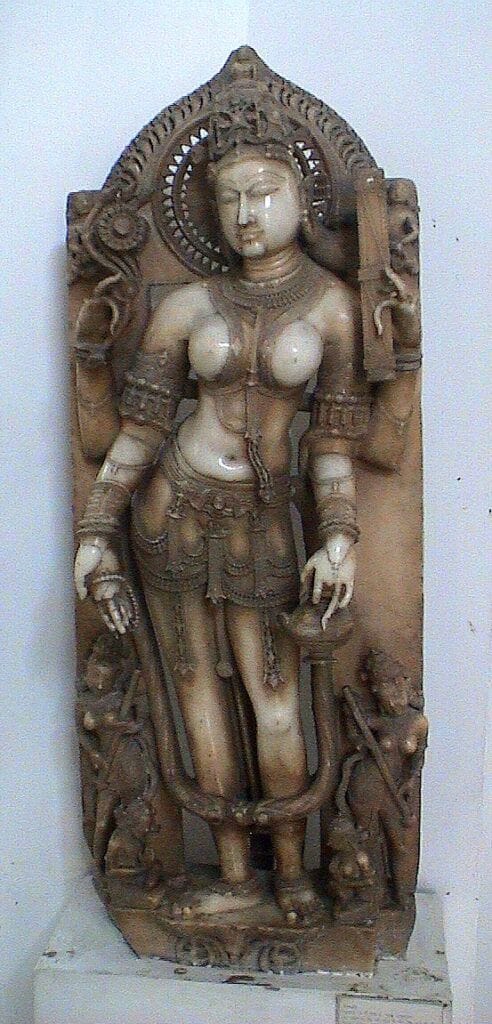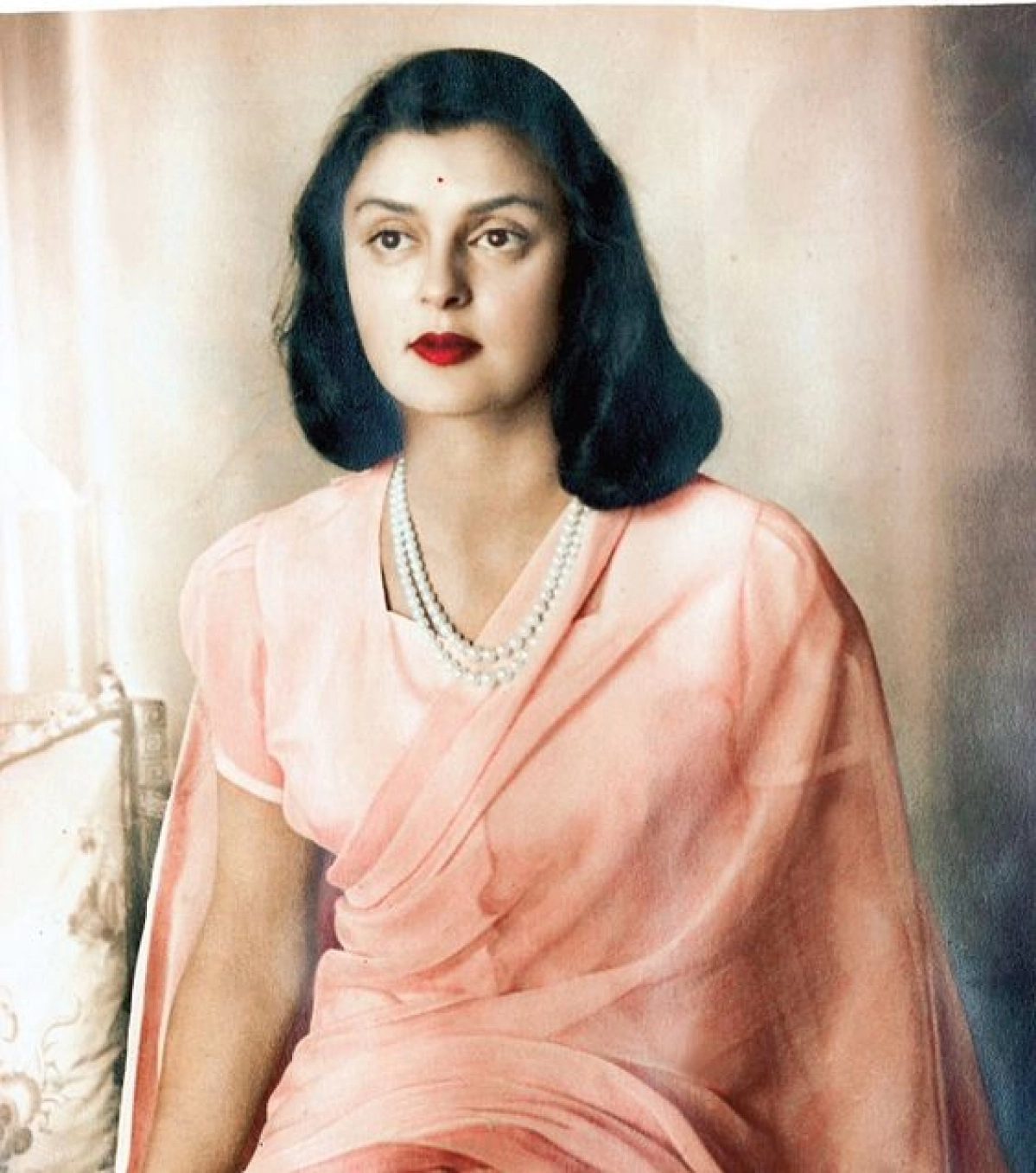
Statue of Saraswati at the National Museum Delhi. Note her apparel.
Silhouettes of Indian Apparel : India is perhaps unique in its history of wearing unstitched clothing from pre-Vedic times, draped on the body in stylized ways. Interestingly, in Vedic India, the body was considered an integral part of a human personality. Therefore there was no stigma attached to body parts being on display. As a culture, too, India has traditionally believed in the fluidity of form, matching well with draped garments.
MATISSE’S ART AND TEXTILES: Last week, As I was researching the works of artists who found inspiration in textiles, I came across the book ‘Matisse: His Art and His Textiles.’
Matisse had a blood association with textiles as he was born to a family of expert weavers in the French town of Le Cateau-Cambresis and brought up at Bohain-en-Vermandois in Picardy in Northern France. Since the Middle Ages, this region had been the center for manufacturing textiles- linen, wool, and silk. By the end of the nineteenth century, when Matisse was growing up, Bohain was renowned as a luxury fabric producer. – embossed and patterned velvet, tulle, voile, and above all, silk. It was second to none in supplying the top end of the Paris fashion trade.

Maharani Gayatri Devi
“She dedicated her life to creating a subtle, but implicative, change in society, particularly with her continuous efforts for the empowerment of Indian women from the confines of the veil” -Devraaj Singh of Jaipur, Grandson of Gaytri Devi.
India became a democracy almost 70 years ago. Prior to that, the Indian subcontinent, was divided into princely states, lead by their rulers. The rulers bore various titles as Nawabs, Sultans, Rajas or Maharajas. The sartorial styles of these Kings and Queens, had a huge impact on the fashion trends of the subjects of their kingdom or even on the people of the whole country.
At the time of the British withdrawal, 565 princely states were officially recognized in the Indian subcontinent. Some of the descendants of the ruling families continue to have an influential role in the local administration or in national politics. They are venerated with titles such as kings and queens by the people of the country.
Maharani Gayatri Devi, born on 23 rd of May 1919, lived a glorious and fulfilling life
till July of 2009. She became the third Maharani of Jaipur after she got married to His Royal Highness Maharaja Sawai Man Singh.
Maharani Gayatri Devi, bestowed with the title of Rajmata of Jaipur was an epitome of style and grace and exuded an effortless, serene and royal aura around her. Her pristine beauty backed by a powerfully assertive and strong personality made her a major style icon and influencer of her times in India and around the world. She carried herself with ease and comfort and her unique sartorial choices have inspired fashion across decades. Her life was a Princess’s story albeit with its own share of upheavals.

